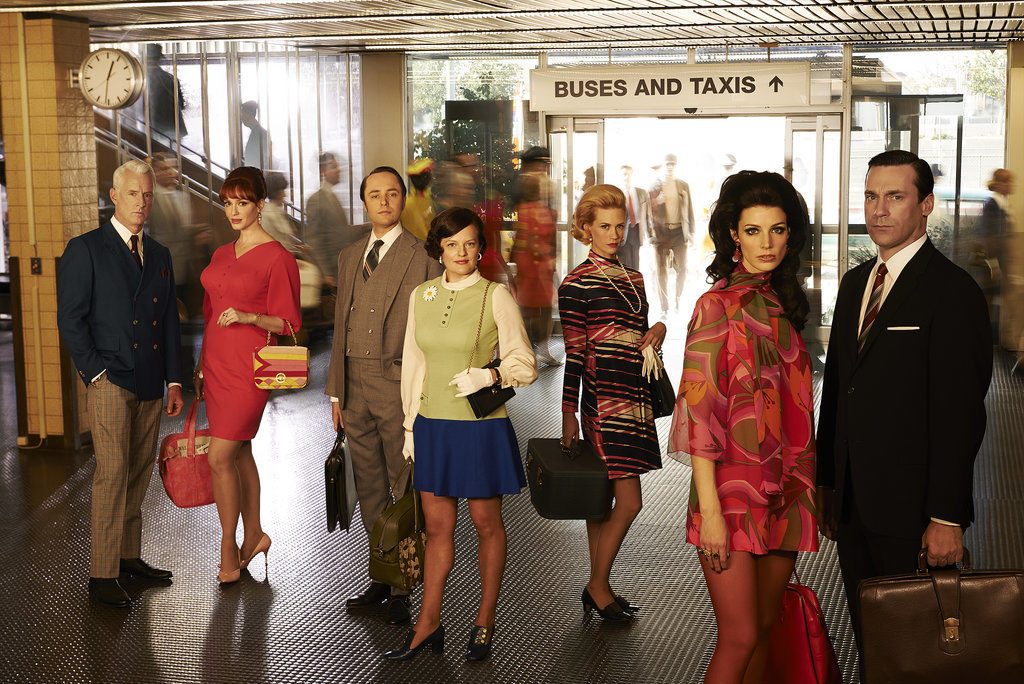Art & Exhibitions
Mad Men Artifacts Join Collection at National Museum of American History


Cait Munro

The popular AMC drama Mad Men will wrap up with a series finale in May, but thanks to the Smithsonian’s National Museum of American History, the spirit of the early ’60s will live on for museum-goers. The Washington, D.C.–based institution recently accepted a donation of more than 50 artifacts from the television show.
Costumes, props, sketches, scripts, and personal notes from show creator Matthew Weiner will join the entertainment history collection at the museum, alongside those from iconic American television programs like The Wonder Years, M*A*S*H, All in the Family, and Seinfeld.
The memorabilia includes vintage-styled costumes designed for Don and Betty Draper, like Don’s charcoal gray suit and fedora and Betty’s yellow house dress, along with associated props like vintage liquor bottles and a pack of Lucky Strike cigarettes.
“The Mad Men objects allow the documentation not only of a compelling television series that effectively depicts the many ways fictional television can mirror and offer commentary on a pivotal historical era of political and social change,” said Dwight Blocker Bowers, the curator of the museum’s entertainment history collection.

Mad Men star Jon Hamm poses with costumes from the show.
Photo: Reuters.
While no plans to exhibit the artifacts have been announced, they would certainly fit nicely in the museum’s summer 2015 exhibition “American Enterprise,” which will explore the history of American advertising, marketing, and branding and the relationship between products and people.
This isn’t the first time Mad Men has gone to the museum—an exhibition dedicated to the series recently opened at the Museum of the Moving Images in Queens. It includes original film sets, costumes, props, and scripts (see Don Draper’s Suits and Mad Men Sets at the Museum of the Moving Image and Your Art Agenda: 6 Things to Do This Week).
The Smithsonian, which is the world’s largest museum and research complex, recently upped their annual budget by $14.5 million (see Smithsonian’s 2015 Budget Is Up $14.5 Million From Previous Year, An Extra $14.5 Million in Government Funds for the Smithsonian).